The world noticed Vietnam’s success in combating COVID-19 in 2020 as other countries struggled to quell infections and enact clear government policy. While Vietnam is experiencing its largest surge of cases yet, the government maintains a strong concerted effort to stop the virus. The Vietnamese government, unified by a single political party, the Communist Party of Vietnam, was successful in keeping infections very low among its 97 million citizens with the kind of predominantly preventative, low-cost public health strategy prioritizing contact tracing and targeted quarantine that most other countries failed to implement.
Throughout 2020 and since, there has been an outpouring of discussion about how Vietnam was able to achieve such a feat, and what lessons could be learned for other countries. Does the Vietnamese example illustrate that authoritarian regimes are better than democracies at adopting and enforcing public health measures? Are Vietnamese citizens unusually pre-disposed to comply with government orders? Does the policy response reflect coerced citizens, or healthy state-citizen relations based on trust?
Vietnam’s COVID-19 experience offers us greater insight into Vietnamese politics, society, and public health governance than into how other countries might manage their own public health. After all, many of the countries anticipated to be best poised to tackle a global pandemic, with both strong public health institutions and health care capacity, like the United States, did not deliver in terms of policy or health outcomes. Country leadership seemed to be the key independent variable in shaping COVID-19 policy implementation.
From a governance standpoint, the Vietnamese government might have been uniquely positioned to be a public health forerunner against COVID-19 for a few reasons, though success was not guaranteed. First, Vietnam is wary of the Chinese state for a variety of historically-rooted reasons. Vietnamese concerns about the Chinese regime are particularly relevant in this case because of China’s failed cover-up of SARS-CoV-1 in 2003. Vietnam was the second country affected by that outbreak, with 62 identified patients. Governments in Southeast and East Asia have reason to take heed of any rumor of viral contagion possibly emerging from China — whether they take action, or can, is a different story. Vietnam also shares a long and heavily trafficked border with China. Vietnam’s first case of COVID-19 was among a group of workers returning from Wuhan in January 2020.
While the government’s stringent, early actions have gained notable attention, they build on little-reported but longstanding and serious Vietnamese government engagement with public health. Vietnam hosts numerous scientific institutions that maintain partnerships with researchers from around the world to expand surveillance capacity for tuberculosis, HIV and AIDS, and avian flu, in addition to an extensive network of centers for disease control that also collaborates with U.S. counterparts. Some have credited this institutional capacity-building and reform to previous minister of health, Dr. Nguyen Thi Kim Tien, a renowned female epidemiologist who previously led the Pasteur Institute in Ho Chi Minh City. Crucially, the country’s animal health capacity is important because these systems monitor, vaccinate, and cull (when necessary) domesticated animal populations in an effort to curb zoonotic disease spillover. The system has been kept active by the constant challenge of containing avian flu among domestic poultry flocks and those traded with China since outbreaks began in 2004.
Consistently high political attention to infectious disease and institutional capacity in public health led to a prioritization of preventive health measures, aided by political buy-in from and implemented by means of the structure of the Vietnamese state. When the threat of COVID-19 dawned, the government quickly ordered and strictly enforced border closures. These measures included halting all outbound flights from the country and directing all incoming passengers to quarantine facilities in military barracks, including repatriated citizens and foreigners alike. Contact tracing was extensive for all suspected cases of COVID-19, which also were low at the time, and all individuals suspected to have been exposed to the virus were identified and isolated. Of course, to implement this strategy of mass, coordinated quarantine, including cooking and delivering meals to those in isolation, employing sanitation efforts, contact tracing, and testing, required a large human resource capacity, which the Vietnamese government recruited among medical students and workers, party-affiliated social organizations, and the military. Social media, widely available in Vietnam, was used to promote public health messaging and dispel misinformation.
These preventive public health measures arguably worked, so that Vietnam did not witness the catastrophic outbreaks and extensive shutdowns that many other countries have faced. Only recently has Vietnam experienced its largest surges of COVID-19 cases, with more than 10,000 (the majority of its total case count) linked to the new outbreak of the Delta variant. While Vietnam’s current outbreak is dwarfed by those in neighbors like Indonesia and the Philippines, the government continues to enforce quarantine regulations for all traced, suspected cases and strict regulations on foreign entry. Unlike its Asian neighbors, including South Korea, Taiwan, and Singapore, Vietnam never relied on deploying high rates of tests or supplying specialist medical technology in 2020 (such as crash carts, intensive care beds, and ventilators — which factories in Vietnam were manufacturing and exporting to many other countries, including the United States).
This is important for understanding the country’s COVID-19 record because in contrast to its infectious disease protocols, Vietnam does not have extensive health care capacity. Citizens living outside the major cities of Hanoi, Da Nang, Nha Trang, and Ho Chi Minh City regularly struggle to find adequate, sufficient health services. Many people avoid going to primary care clinics, resulting in crowded and overburdened hospitals, delays in care, and certainly not dissuading the “envelope problem,” in which patients feel obligated to provide additional payment to physicians in order to receive treatment. This insufficient capacity makes recent outbreaks all the more worrying, and increases pressure on the government to raise the necessary capital, health technology regulation, and technological capacity to acquire and produce vaccines in Vietnam.
The Vietnamese government knew that it could not afford a pandemic, both in terms of financial resources and risking any loss in state legitimacy. In an online webinar hosted by Johns Hopkins University, Deputy Prime Minister Vu Duc Dam emphasized the proactive approach taken by the government which considered the limited health care capacity of the country. All detected cases of COVID-19 were tracked, traced, and publicly published on an online tracker from the Ministry of Public Health using the government’s surveillance capacity. This transparency from the government during the pandemic response has been refreshing. However, it remains to be seen if that will carry through into other sectors of the government, although Vietnam has made strides in transparency on economic development.
The dichotomy that has been solidifying in public discourse over the course of 2020 between the performance of autocracies and democracies during the COVID-19 pandemic is insufficient to explain the variation in public health outcomes from country to country. It is easy to point out where autocracies did not take sufficient action to protect public health, especially neighboring Cambodia and Laos as country leaders respond to recent outbreaks with very strict clampdowns on services, including citizens’ basic access to food. It is also easy to highlight the democracies that have actively worked to stop the spread of COVID-19 (South Korea, Japan, Taiwan, New Zealand, Denmark, and Norway, to name but a few), and political leaders of other democracies who actively worked to dismiss the severity of the COVID-19 pandemic.
Vietnam’s institutions deserve a closer look. The Vietnamese government is demonstrating that it can deploy the necessary policies and resources of the state to the strategies it chooses, whether that is protecting public health during a global pandemic, or increasing accountability and transparency of governance to attract foreign investors, while still maintaining an authoritarian system of government. Certainly, the Vietnamese government’s public health approach was impressive, and the country was uniquely positioned to take on the challenge of COVID-19. The recent outbreaks will require Vietnam’s public health ministries and surveillance capabilities to maintain strong coordination with government leadership as there is continued pressure to reopen the country to foreign tourists and business.
The Vietnamese case illustrates that while initial government policy was extremely effective at keeping COVID-19 cases low, global interconnectedness means that borders cannot stay closed forever and vaccines will need to replace non-pharmaceutical public health interventions at this time in the pandemic. However, Vietnam has also proven that it has strong and durable institutions that could protect the country’s public health through future pandemics, without relying on vaccines alone.
Vietnam’s COVID-19 success remains contextual. The government’s pandemic response may yield some insights about public health, but these are not easily transferable across countries. The Vietnamese government has demonstrated it can enact an effective preventative public health model through the structures of its state if it so chooses, and perhaps that’s the lesson for other governments to learn if countries are each to prepare state-led pandemic responses in the future.
The Brookings Institution is committed to quality, independence, and impact.
We are supported by a diverse array of funders. In line with our values and policies, each Brookings publication represents the sole views of its author(s).

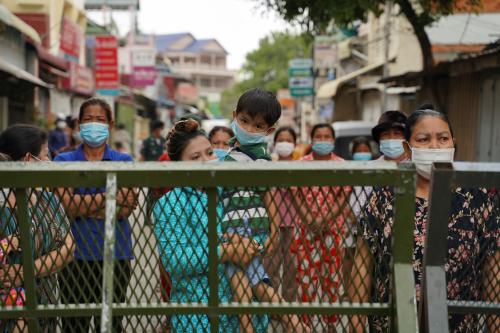
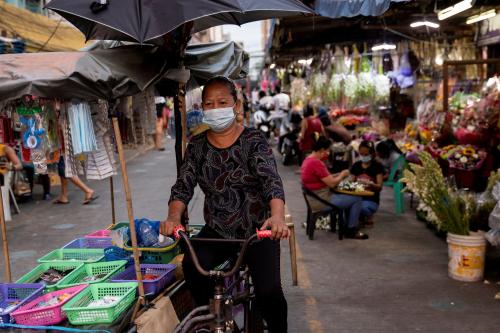
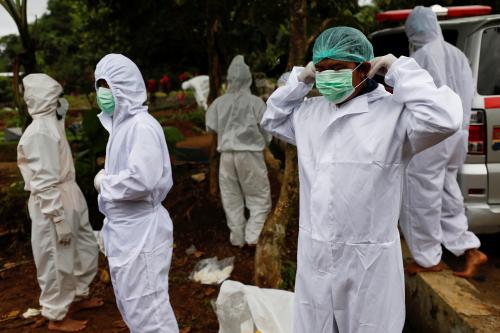
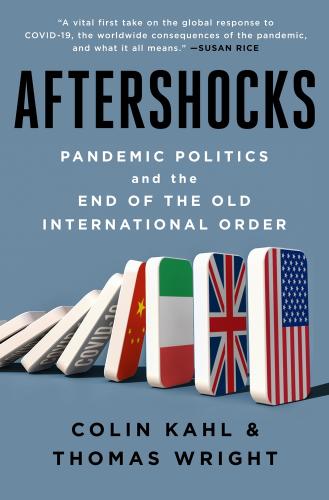
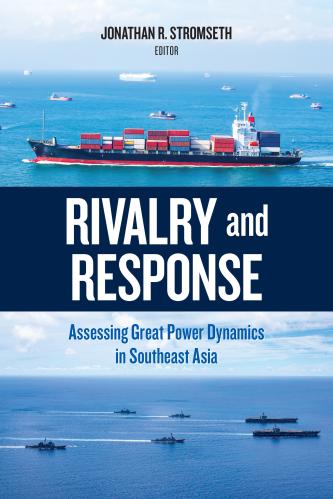
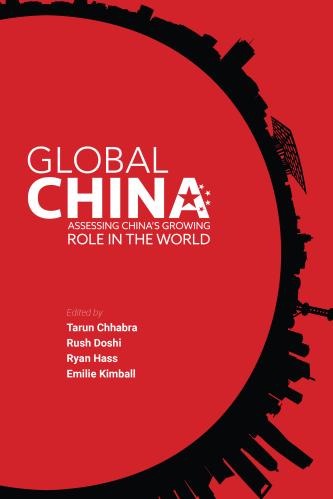


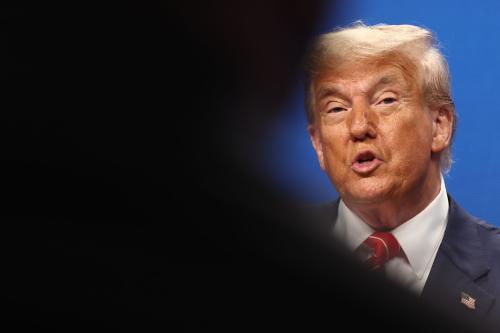
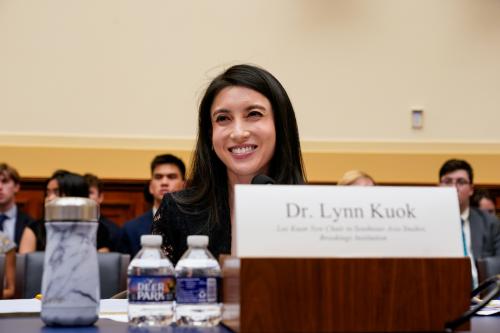
Commentary
An ideal public health model? Vietnam’s state-led, preventative, low-cost response to COVID-19
June 29, 2021